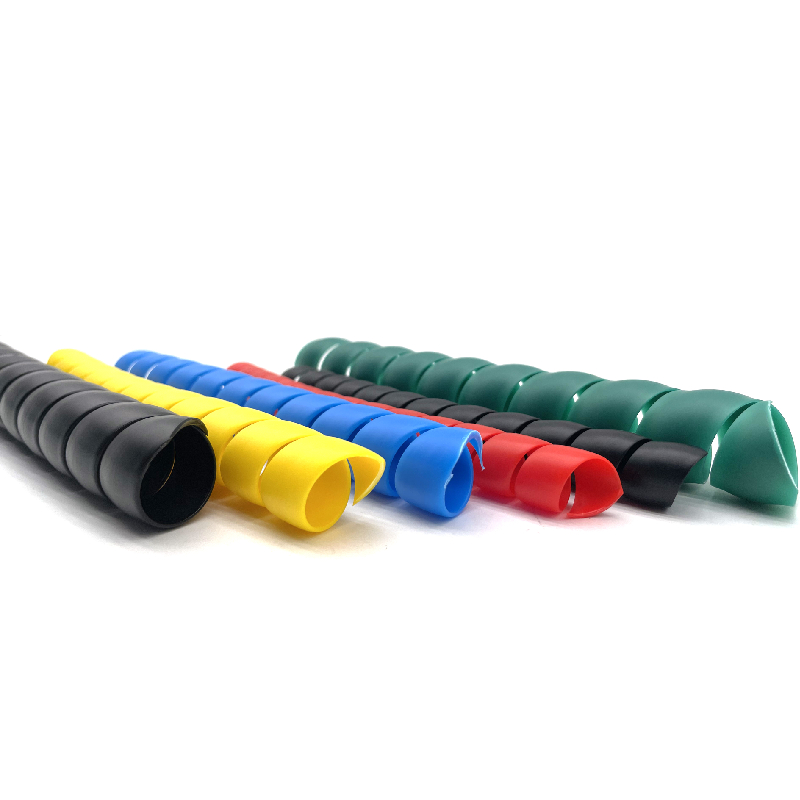Understanding Fire Hose Pipe Couplings and Their Importance in Firefighting Equipment
Understanding Fire Hose Pipe Couplings A Vital Component in Firefighting
In the realm of firefighting, every component plays a crucial role in ensuring safety and efficiency during emergency operations
. Among these components, fire hose pipe couplings are essential fittings that facilitate the connection and disconnection of fire hoses to various water supply sources and equipment. Understanding their significance, types, and applications can provide valuable insights into their role in effective fire management.Fire hose couplings are designed to join hoses securely and allow firefighters to deploy water quickly and reliably at the scene of a fire. These couplings are typically made from durable materials like aluminum, brass, or stainless steel, ensuring they withstand high pressures and harsh conditions. The primary function of a coupling is to create a watertight seal, ensuring that water flows through the hose without leaks, thereby maximizing the firefighting effort.
There are several types of fire hose couplings, with the most common being threaded and lug (or sexed) couplings. Threaded couplings feature a screw-on design, which provides a secure connection but can require additional tools for attachment or detachment. On the other hand, lug couplings have interlocking pieces that allow for quicker and tool-free connections, making them particularly useful in emergency situations where time is of the essence. Each type has its advantages and is chosen based on the specific needs of the firefighting operation.
fire hose pipe coupling

Another important aspect of fire hose couplings is their compatibility with various standard fittings and hoses. Most fire departments adhere to specific standards to ensure uniformity and compatibility across different equipment and agencies. This standardization is critical, as it allows firefighters to seamlessly interconnect their hoses with those from other departments during mutual aid incidents, ultimately enhancing collaborative efforts in firefighting.
Additionally, maintenance of fire hose couplings is paramount to their performance. Regular inspections and servicing can prevent potential failures during critical operations. Firefighters are trained to check for signs of wear, corrosion, or damage, and they must ensure that the threads or lugs are clean and free from debris to maintain a secure connection. Proper storage is also essential; keeping couplings in a clean, dry place can extend their lifespan and reliability.
In conclusion, fire hose pipe couplings are more than just connectors; they are integral components that support firefighting efforts by ensuring a reliable flow of water. Their design, functionality, and maintenance significantly impact the effectiveness of fire response operations. Understanding the importance of these couplings helps highlight the complexities of firefighting logistics and the meticulous planning that goes into every emergency response. Whether it is the quick deployment of resources or collaboration between different firefighting agencies, the humble coupling stands as a testament to the intricate web of equipment that keeps firefighters prepared and safe as they face the flames.
-
Ultimate Spiral Protection for Hoses & CablesNewsJun.26,2025
-
The Ultimate Quick-Connect Solutions for Every NeedNewsJun.26,2025
-
SAE J1401 Brake Hose: Reliable Choice for Safe BrakingNewsJun.26,2025
-
Reliable J2064 A/C Hoses for Real-World Cooling NeedsNewsJun.26,2025
-
Heavy-Duty Sewer Jetting Hoses Built to LastNewsJun.26,2025
-
Fix Power Steering Tube Leaks Fast – Durable & Affordable SolutionNewsJun.26,2025

